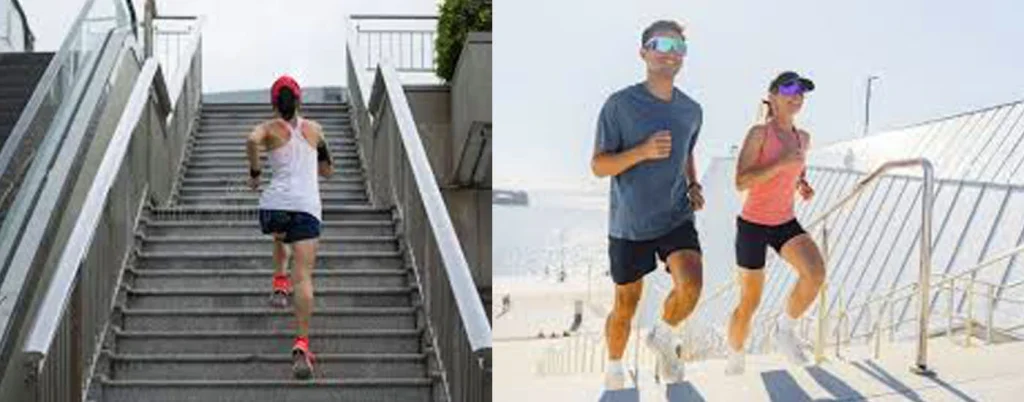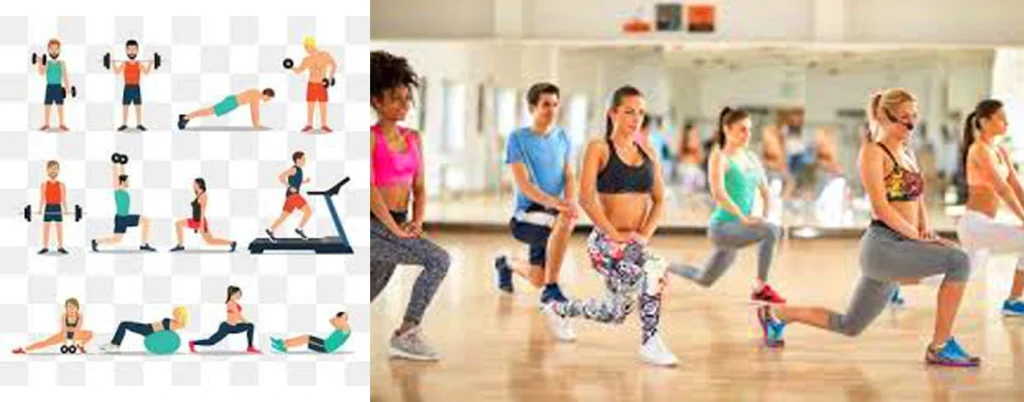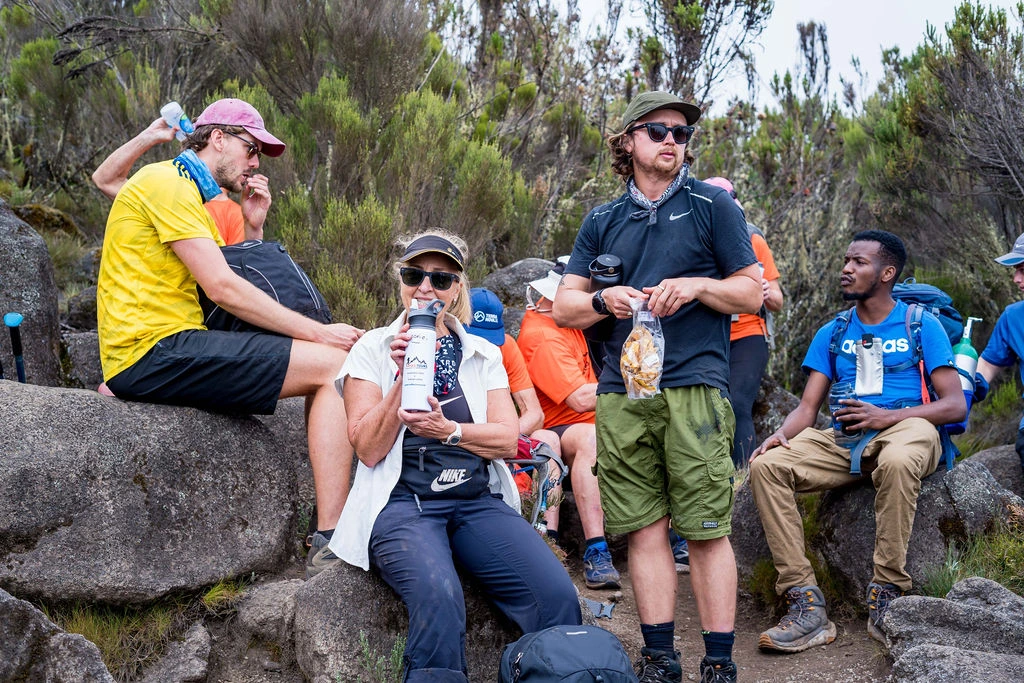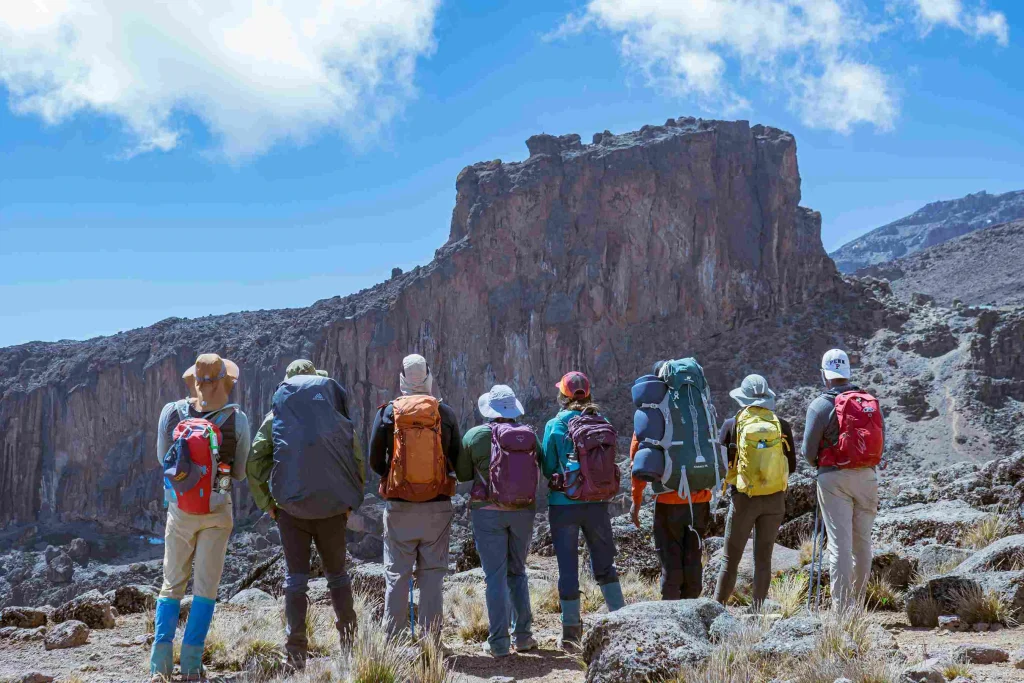Training for a Kilimanjaro climb requires both physical and mental preparation, as well as some essential logistical planning. Kilimanjaro is the highest mountain in Africa and a challenging trek, so it’s important to be adequately prepared. Here’s a step-by-step guide to help you prepare for your Kilimanjaro hike.
Climbing Mount Kilimanjaro is a tough endurance challenge and to reach 5,895 meters and descend over a period of 6 – 8 days on varied terrain out in the elements, whilst combating the effects of altitude, you must train, whatever your current fitness level.
Although walking is something you may do every day and 10 miles + per day may not seem a great distance, when you are on the mountain the pace will be slower than you are used to and, therefore, you will be spending on average between 5-7 hours a day on your feet.
Preparation is key and will aid your enjoyment of the challenge, whilst ensuring that your body is up to the rigors of the mountain. Combating the effects of altitude is not quite as simple. Altitude sickness can affect different people in different ways, and attempting to become as fit as possible may not ultimately help with the prevention of Acute Altitude Mountain Sickness. What an increased level of fitness will do, is ensure that the body’s ability to cope with lesser oxygen in the air is increased, making both acclimatization and the walking itself far less strenuous.

Training is simple: it’s all about gradually helping your body do a little more each time while giving it time to adapt, recover, and come back stronger. The key is to train properly and build up your fitness, stamina, and endurance slowly, so you’re prepared when the time comes.
Start by spending more time on your feet, which will not only improve your stamina but also help toughen up your feet and get used to your hiking boots. It’s also important to build up your resilience against aches and pains you may feel on the trek and to develop the mental toughness needed for the challenge.
A good training plan should combine aerobic exercises, interval training, strength training, and walking. It’s also essential to eat the right foods and stay hydrated, both while training and on the mountain.
This guide gives a quick summary of the types of exercises and activities to include in your plan. If you’re new to the gym or starting a fitness routine, consider asking a gym trainer to help create a structured plan that suits your current fitness level and prepares you for your goal of reaching Kilimanjaro’s summit.

Many people use the goal of climbing Kilimanjaro to improve their fitness, joining a gym, local sports club, or taking up activities like running. Try to add exercise into your daily routine. A mix of different exercises, like aerobic and strength training, can help you build stamina and strength. Setting a weekly plan with manageable goals is a great way to stay on track.
Aerobic Exercise (Cardio): Start with regular walks, gradually increasing the distance and pace. This builds endurance and trains your body to use oxygen better. Include hill walks to prepare for the type of terrain you’ll face on Kilimanjaro.
Mix Up Exercises: Keep things interesting by mixing walking with other activities like cycling, team sports, or racket sports. This helps avoid boredom and improves your overall fitness. Aim for regular aerobic exercises, adding longer walks as you progress.
Interval Training: For a tougher workout, try interval training—short bursts of intense exercise followed by rest. For example, alternate between brisk walking or running for one minute, then go back to your normal pace. Repeat this several times for a good challenge.
Strength Training: Strengthening your body helps with endurance and prevents injuries. Focus on exercises that build up key muscle groups, like squats, leg presses, and calf raises. Strength training supports your joints, tendons, and ligaments as well.
Practice Long Walks: Hiking is the best preparation. Plan long walks on weekends, including uphill and downhill trails if possible. This builds your leg and foot strength and lets you enjoy the outdoors. Try to explore nature trails, hills, or mountains nearby for a full day’s hike whenever you can.
Test Your Gear: Use training hikes to test your boots and backpack. Well-fitted boots are essential, especially for a mountain climb like Kilimanjaro. Break in your boots by hiking with them until you can walk all day without blisters. Ensure your backpack fits comfortably, with a good weight distribution, as it will impact your walk and pace.
Snacks and Hydration: If you plan to bring energy snacks and drinks on the climb, practice with them during your hikes to learn which work best for you after long walks.

Do so at the end of the day; feet swell throughout the day and you need to try them on when your feet are at their largest. Always wear socks and if possible, the same socks you will be wearing when walking.
We recommend medium – heavyweight vortex (or breathable) and waterproof walking boots. Please ask the store for help to ensure that you are fitted with the correct boots. Make sure you try both boots on, lots of people have one foot slightly bigger than the other.
Diet and Hydration in Training and on the Mountain
It is so important to keep eating and drinking to keep energy levels up when hiking, especially at high altitude – the most common observation at altitude is the initial loss of body weight as energy and protein intake levels continuously decrease due to a loss of appetite. Keeping both energy and hydration levels high will make strenuous portions of the climb far easier on the body.
It is advisable to eat sufficient quantities even if you do not feel particularly hungry as stamina depletes quickly during the climb. It is also recommended to consume ample amounts of carbohydrates, proteins, vitamins and mineral nutrients before the climb starts. During physical exertion, it is crucial to replenish fluids for optimal hydration and energy essential for the brain and muscles to continue their work. Sports drinks containing electrolytes and vitamins are significantly better absorbed and help to replace energy, electrolytes, vitamins and other nutrients essential for performance.
Ensure you incorporate these practices into your training. The importance of drinking water and energy drinks before, during and after training cannot be over emphasized. Being thirsty and having a dry mouth are signs of dehydration. Other signs are: dizziness, headache, mental irritation or depression, fatigue, water retention, lower back pain, recurring or chronic pain, decreased urine output and color, heartburn, stomach ache, The importance of drinking water and energy drinks before, during and after training cannot be over emphasized. Being thirsty and having a dry mouth are signs of dehydration. Other signs are: dizziness, headache, mental irritation or depression, fatigue, water retention, lower back pain, recurring or chronic pain, decreased urine output and color, heartburn, stomach ache, sunken eyes.

Don’t over commit to training or overstretch yourself, you want to start the challenge in peak physical fitness but without being burnt out – these are the Kilimanjaro team’s top 5 tips:
Wear your gear in – Walk as often as you can and as much as you can. Wear the boots you will be wearing on the event (if they are new, then this is very important!) and find a way to carry your backpack comfortably – this will help to avoid blisters and any foot and back injuries.
Go climb a hill – Before you set out on Africa’s highest mountain, we recommend you try something a little closer to home first or just the biggest hill you can find near to your home – the possibilities are endless! We recommend you aim to conquer a mountain at least two months before your planned climb, so you can judge your overall fitness levels, test out your boots, and gauge what areas of training and your fitness you might need to work more on.
Fit exercise into your daily routine – Whether it is a case of getting off the bus a stop early, taking the stairs instead of the lift or even walking up escalators, you will be surprised at how much difference a few little changes can make to your day to-day wellbeing and overall fitness.
Keep hydrated – Most people as a general rule do not drink enough water. Start increasing your standard intake before the climb and be more conscious about how much water you consume during the day. This will not only improve your general well-being, it will also make you more sensitive to the early signs of dehydration, which will help you manage your hydration levels on the mountain.

Don’t panic – If you miss a session then it’s not the end of the world. Don’t push yourself to try and make it up, one session won’t make too much difference in the end. However, if you start to try and fit your life around your training you will soon find yourself unable to keep up and more likely to throw in the towel. Keep your mind focused on the task at hand and remember your mental determination is just as important as your physical strength. In the week leading up to your challenge we recommend putting your feet up, eating and drinking lots of water, and getting as much rest and sleep as you can!
We use international standard equipment, and our guides are trained in first aid and equipped with personal protection gear.
Once a tour is booked, it is guaranteed to operate, even if there is only one client for the entire trip.
Our guides are trained to attend to each client's needs and adjust the program to ensure a personalized experience.
Discover the breathtaking Lemosho Route on Kilimanjaro with Nafika Tours. Enjoy diverse landscapes, fewer crowds, excellent acclimatization, and an unforgettable summit experience.